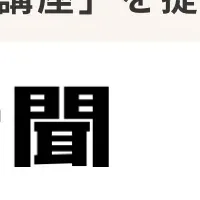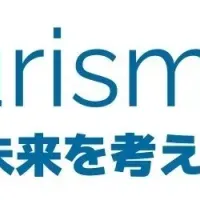
Enhancing Safety in Japan’s Charter Bus Industry: Nationwide Training and Inspections
Overview of the Initiative
In light of the growing demand for charter bus services as international tourism surges in Japan, the Ministry of Land, Infrastructure, Transport and Tourism has announced a nationwide initiative aimed at enhancing safety standards within the industry. This program includes specialized training for operational managers and a series of thorough roadside inspections to ensure adherence to safety regulations.
Context of the Safety Enhancements
The dire need for improved safety measures has been emphasized by past tragic incidents, most notably the Karuizawa ski bus accident in January 2016, and more recently, a serious rollover incident in Shizuoka Prefecture that resulted in 29 casualties in October 2022. These events have underscored the urgent necessity for effective safety protocols to mitigate risks associated with charter bus operations. In response, the ministry has already implemented new measures since April last year, and further steps are being taken as the busy travel season approaches.
Objectives of the Training Program
The forthcoming training sessions, set to take place from May to July, are specifically designed for charter bus operators’ chief operating managers. The curriculum will cover several key topics:
1. Traffic Accident Statistics: An overview of the current situation regarding traffic accidents involving commercial vehicles.
2. Case Studies: Examination of recent accidents to learn from incidents that have occurred.
3. Safety Measures: Discussion on the safety interventions that operators can implement to enhance overall safety.
4. Regulatory Updates: Information about recent changes to the laws and regulations governing the charter bus industry.
5. Administrative Actions: Review of recent audits and administrative penalties faced by operators who fail to comply with regulations.
Roadside Inspections
Alongside the training, nationwide roadside inspections will be conducted from late April through July. These inspections will target key locations frequented by charter buses, such as:
- - Tourist facilities (parking lots)
- - Expressway service areas
- - Major train stations
- - Airports
- - Ferry ports
The primary aim of these inspections is to ensure compliance with existing laws and regulations, identify infringements, and provide guidance to offenders to rectify their practices.
Expected Impact
By reinforcing a culture of safety and compliance through training and thorough inspections, the Ministry aims to prevent accidents and enhance the overall safety of charter buses in Japan. This is particularly crucial as the nation continues to welcome an increasing number of tourists. Maintaining high safety standards is not just about compliance; it’s about building a trustworthy transport system that protects both residents and visitors alike.
Conclusion
This multifaceted approach to safety, combining education, enforcement, and ongoing assessment, is a proactive step towards reducing accidents and ensuring that those who choose to travel via charter buses have a safe and reliable service. The ministry invites all charter bus operators to participate actively in these initiatives, contributing to a safer environment for everyone.
Topics Other)










【About Using Articles】
You can freely use the title and article content by linking to the page where the article is posted.
※ Images cannot be used.
【About Links】
Links are free to use.